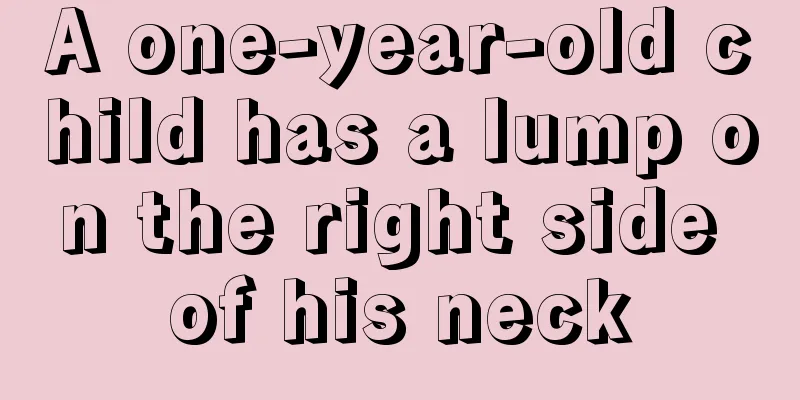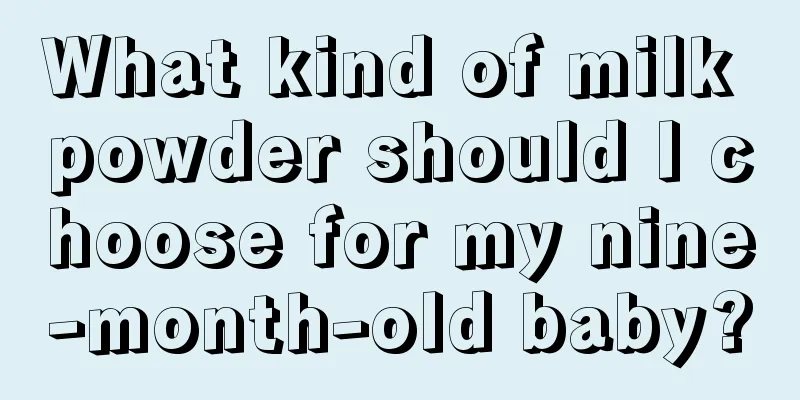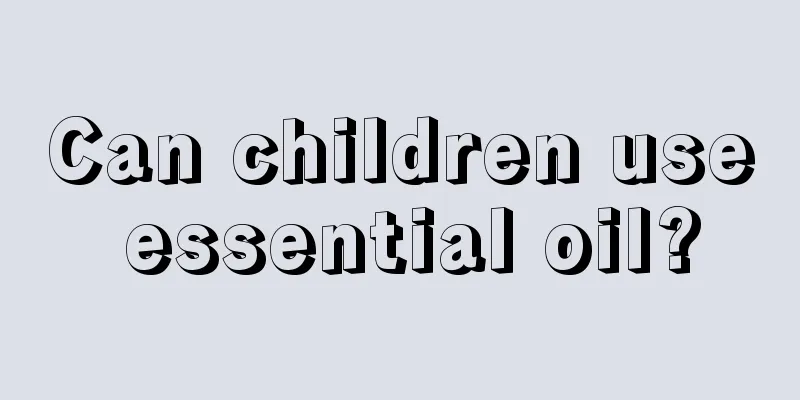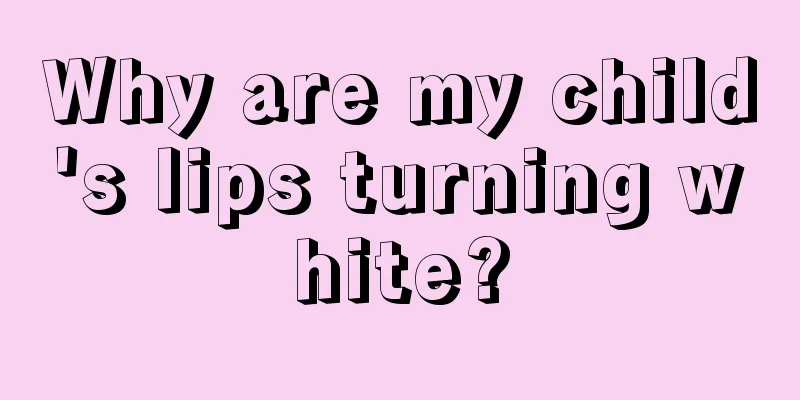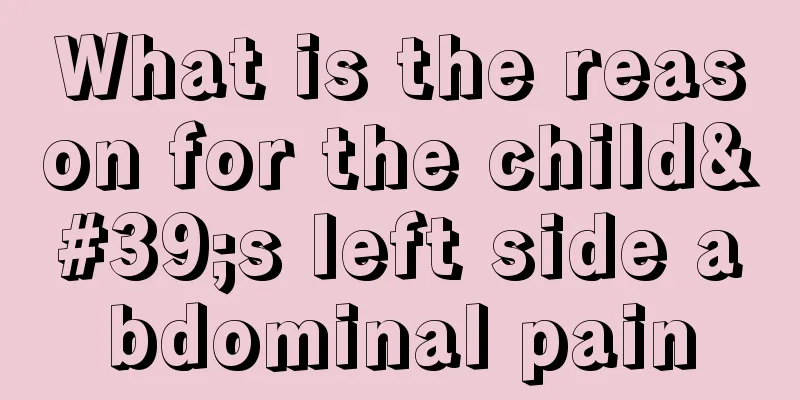Can children's rhinitis be effectively treated with medicine?
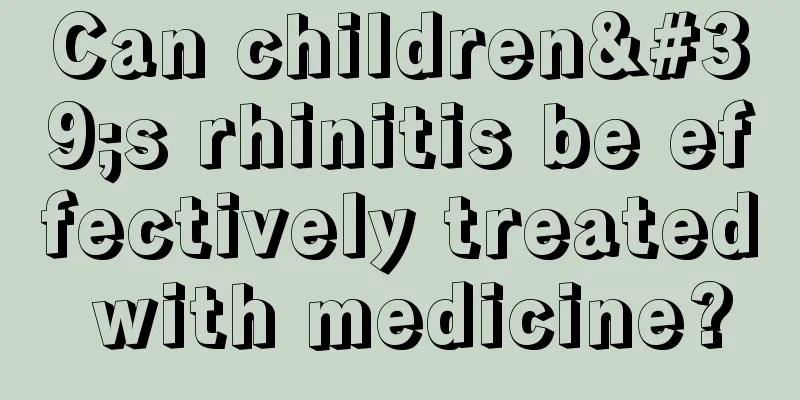
|
In daily life, we often find that children's resistance is lower than that of adults, so children are more prone to inflammation. When children's rhinitis has nasal congestion and agriculture, parents should be careful that their children are developing rhinitis. Rhinitis patients usually have fever, cough, lack of energy, anxiety, otitis media, nosebleeds and joint pain after the onset of the disease. Older children will have headaches and develop chronic rhinitis. As a patient, you can usually regulate your body with Chinese patent medicine. Chinese medicine for children's rhinitis recovery will not be harmful to the body, and the side effects are relatively small. Adherence to stable treatment can prevent rhinitis from causing harm to children during their growth and development. Basic content In addition to nasal congestion and purulent nasal discharge, children with rhinitis may also have fever, cough, mental depression, irritability, and may also be accompanied by otitis media, nosebleeds, and joint pain. Older children may also have headaches. After the formation of chronic rhinitis, there will be occlusive nasal sounds and mouth breathing, and the mucous nasal discharge is inexhaustible. Long-term nasal obstruction and mouth breathing will affect the development of the face and chest. As a parent, you should pay more attention. Traditional Chinese medicine treatment : Jiang's rhinitis ointment is commonly used in traditional Chinese medicine treatment. The traditional Chinese medicine formula: 30 grams of Xanthium sibiricum, 20 grams of Magnolia officinalis, 35 grams of Scutellaria baicalensis, 4 grams of Asarum, 25 grams of Angelica dahurica, 10 grams of Gentiana scabra and other Chinese herbal medicines, manual process, careful selection of medicines, drying, grinding, external use, twice a day, not only has a definite effect on children's rhinitis, but also has good effects on other rhinitis. Currently, there are two methods for children with allergic rhinitis: one is to avoid allergens, and the other is sublingual immune desensitization therapy. Specific immunotherapy (desensitization sublingual therapy) Rhinitis caused by allergy to dust mites. The patient's immunological indicators also changed before and after sublingual dust mite immunotherapy. Because the sublingual mucosal tissue is thin, these Langerhans cells located on the mucosal surface will capture the signal of the presence of allergens when they come into contact with antigens. The allergen vaccine can be quickly absorbed, thereby initiating a desensitization reaction. Including increased serum IgG4 levels and improved Th2/Th1 cell ratio. Since the drug is administered sublingually, serious adverse reactions such as anaphylactic shock usually do not occur. A very small number of patients may occasionally experience mild rash or mild diarrhea, which can be recovered by stopping treatment or reducing the dosage. The mechanism of sublingual desensitization therapy is that there are a large number of Langerhans cells in the sublingual mucosa, which absorb trace amounts of dust mite allergens and process them into mite polypeptide information, which are then presented to Th0 cells, causing the Th0 cells to transform into Th1 cells, thereby preventing the occurrence of allergic reactions. High safety : Globally, no serious side effects have occurred in 30 years of use, which maximizes the long-term safety of desensitization therapy; it avoids serious systemic adverse reactions (including anaphylactic shock and even death) that may be caused by injectable desensitization therapy, thereby reducing the psychological burden on medical staff and patients. Sublingual desensitization therapy is a method of dripping allergen extracts under the tongue to create tolerance in the respiratory mucosa, thereby alleviating or controlling allergic symptoms and achieving the purpose of desensitization therapy. Its clinical characteristics are: The world's fastest-growing desensitization therapy (i.e. specific immunotherapy or immunotherapy) method is in line with the rational symptomatic and causal treatment plan recommended by the World Health Organization. Treating both the symptoms and the root cause : Fundamental treatment of allergic diseases, with significant effects and thorough desensitization; overcoming the limitations of traditional hormone chemical drugs that only treat symptoms when the disease occurs and only treat the symptoms but not the root cause, and as the duration of use increases, there are varying degrees of adverse reactions that may lead to a certain degree of drug resistance. |
<<: How to reduce the swelling when a child hits his head?
>>: What disease does it cause when a child frequently shakes his head?
Recommend
The dangers of breast hyperplasia in boys
In daily life, not only women suffer from breast ...
What are the reasons for slow teething in children?
What should I do if my child’s teeth grow slowly?...
What is the reason for baby vomiting after eating?
Parents need to pay special attention to their ba...
The height of a 2-year-old child determines his or her adult height
People always say that a child's height depen...
5-year-old girl's underwear is yellow
The phenomenon of yellowing underwear is generall...
What to do if an 8-year-old child has tooth decay
The most common disease for eight-year-old childr...
What should I do if my baby catches a cold in summer?
Colds and fevers are very common pathological phe...
What to use to reduce fever in children
When children have a fever, parents are very anxi...
How can junior high school students improve their memory?
Most families now have only one child, and parent...
What should I do if my 4-year-old child has cavities?
It is not uncommon for children to have cavities....
What kind of exercise can children do to grow taller
Many parents are particularly concerned about the...
Why are my child's ears red?
Some children have red ears, which makes their pa...
How to treat sinusitis in children
Rhinitis is somewhat hereditary. If a child has a...
What to do if your baby has scrotal effusion
There are many common problems for babies. The ch...
Is it normal for a child to have a vision of 0.8?
Myopia is a very common problem. Nowadays, the nu...

